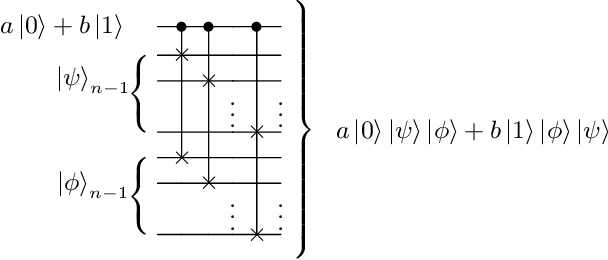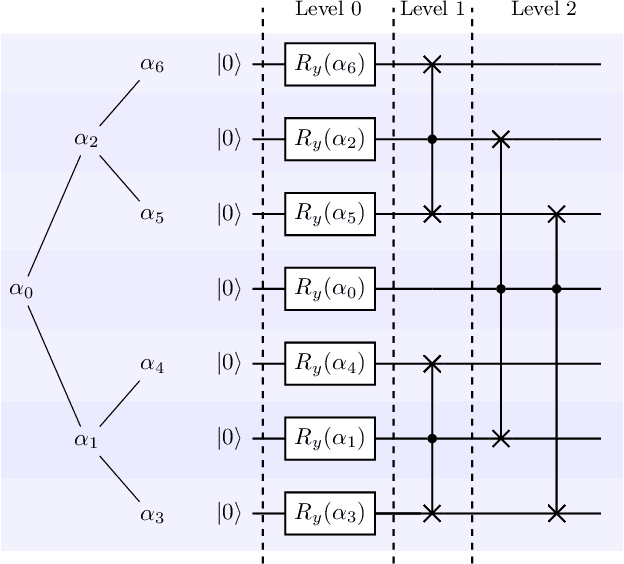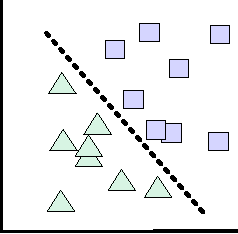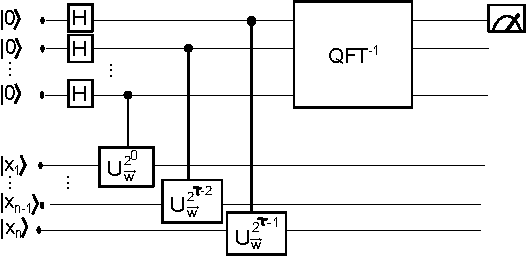Francesco Petruccione
A Quantum Leaky Integrate-and-Fire Spiking Neuron and Network
Jul 23, 2024Abstract:Quantum machine learning is in a period of rapid development and discovery, however it still lacks the resources and diversity of computational models of its classical complement. With the growing difficulties of classical models requiring extreme hardware and power solutions, and quantum models being limited by noisy intermediate-scale quantum (NISQ) hardware, there is an emerging opportunity to solve both problems together. Here we introduce a new software model for quantum neuromorphic computing -- a quantum leaky integrate-and-fire (QLIF) neuron, implemented as a compact high-fidelity quantum circuit, requiring only 2 rotation gates and no CNOT gates. We use these neurons as building blocks in the construction of a quantum spiking neural network (QSNN), and a quantum spiking convolutional neural network (QSCNN), as the first of their kind. We apply these models to the MNIST, Fashion-MNIST, and KMNIST datasets for a full comparison with other classical and quantum models. We find that the proposed models perform competitively, with comparative accuracy, with efficient scaling and fast computation in classical simulation as well as on quantum devices.
Hybrid Genetic Optimisation for Quantum Feature Map Design
Feb 06, 2023Abstract:Kernel methods are an important class of techniques in machine learning. To be effective, good feature maps are crucial for mapping non-linearly separable input data into a higher dimensional (feature) space, thus allowing the data to be linearly separable in feature space. Previous work has shown that quantum feature map design can be automated for a given dataset using NSGA-II, a genetic algorithm, while both minimizing circuit size and maximizing classification accuracy. However, the evaluation of the accuracy achieved by a candidate feature map is costly. In this work, we demonstrate the suitability of kernel-target alignment as a substitute for accuracy in genetic algorithm-based quantum feature map design. Kernel-target alignment is faster to evaluate than accuracy and doesn't require some data points to be reserved for its evaluation. To further accelerate the evaluation of genetic fitness, we provide a method to approximate kernel-target alignment. To improve kernel-target alignment and root mean squared error, the final trainable parameters of the generated circuits are further trained using COBYLA to determine whether a hybrid approach applying conventional circuit parameter training can easily complement the genetic structure optimization approach. A total of eight new approaches are compared to the original across nine varied binary classification problems from the UCI machine learning repository, showing that kernel-target alignment and its approximation produce feature map circuits enabling comparable accuracy to the previous work but with larger margins on training data (in excess of 20\% larger) that improve further with circuit parameter training.
Architecture representations for quantum convolutional neural networks
Oct 26, 2022Abstract:The Quantum Convolutional Neural Network (QCNN) is a quantum circuit model inspired by the architecture of Convolutional Neural Networks (CNNs). The success of CNNs is largely due to its ability to learn high level features from raw data rather than requiring manual feature design. Neural Architecture Search (NAS) continues this trend by learning network architecture, alleviating the need for its manual construction and have been able to generate state of the art models automatically. Search space design is a crucial step in NAS and there is currently no formal framework through which it can be achieved for QCNNs. In this work we provide such a framework by utilizing techniques from NAS to create an architectural representation for QCNNs that facilitate search space design and automatic model generation. This is done by specifying primitive operations, such as convolutions and pooling, in such a way that they can be dynamically stacked on top of each other to form different architectures. This way, QCNN search spaces can be created by controlling the sequence and hyperparameters of stacked primitives, allowing the capture of different design motifs. We show this by generating QCNNs that belong to a popular family of parametric quantum circuits, those resembling reverse binary trees. We then benchmark this family of models on a music genre classification dataset, GTZAN. Showing that alternating architecture impact model performance more than other modelling components such as choice of unitary ansatz and data encoding, resulting in a way to improve model performance without increasing its complexity. Finally we provide an open source python package that enable dynamic QCNN creation by system or hand, based off the work presented in this paper, facilitating search space design.
A divide-and-conquer algorithm for quantum state preparation
Aug 04, 2020



Abstract:Advantages in several fields of research and industry are expected with the rise of quantum computers. However, the computational cost to load classical data in quantum computers can impose restrictions on possible quantum speedups. Known algorithms to create arbitrary quantum states require quantum circuits with depth O(N) to load an N-dimensional vector. Here, we show that it is possible to load an N-dimensional vector with a quantum circuit with polylogarithmic depth and entangled information in ancillary qubits. Results show that we can efficiently load data in quantum devices using a divide-and-conquer strategy to exchange computational time for space. We demonstrate a proof of concept on a real quantum device and present two applications for quantum machine learning. We expect that this new loading strategy allows the quantum speedup of tasks that require to load a significant volume of information to quantum devices.
Quantum ensembles of quantum classifiers
Apr 07, 2017



Abstract:Quantum machine learning witnesses an increasing amount of quantum algorithms for data-driven decision making, a problem with potential applications ranging from automated image recognition to medical diagnosis. Many of those algorithms are implementations of quantum classifiers, or models for the classification of data inputs with a quantum computer. Following the success of collective decision making with ensembles in classical machine learning, this paper introduces the concept of quantum ensembles of quantum classifiers. Creating the ensemble corresponds to a state preparation routine, after which the quantum classifiers are evaluated in parallel and their combined decision is accessed by a single-qubit measurement. This framework naturally allows for exponentially large ensembles in which -- similar to Bayesian learning -- the individual classifiers do not have to be trained. As an example, we analyse an exponentially large quantum ensemble in which each classifier is weighed according to its performance in classifying the training data, leading to new results for quantum as well as classical machine learning.
Simulating a perceptron on a quantum computer
Dec 11, 2014



Abstract:Perceptrons are the basic computational unit of artificial neural networks, as they model the activation mechanism of an output neuron due to incoming signals from its neighbours. As linear classifiers, they play an important role in the foundations of machine learning. In the context of the emerging field of quantum machine learning, several attempts have been made to develop a corresponding unit using quantum information theory. Based on the quantum phase estimation algorithm, this paper introduces a quantum perceptron model imitating the step-activation function of a classical perceptron. This scheme requires resources in $\mathcal{O}(n)$ (where $n$ is the size of the input) and promises efficient applications for more complex structures such as trainable quantum neural networks.
* 11 pages, 6 figures, accepted by Physics Letters A
 Add to Chrome
Add to Chrome Add to Firefox
Add to Firefox Add to Edge
Add to Edge